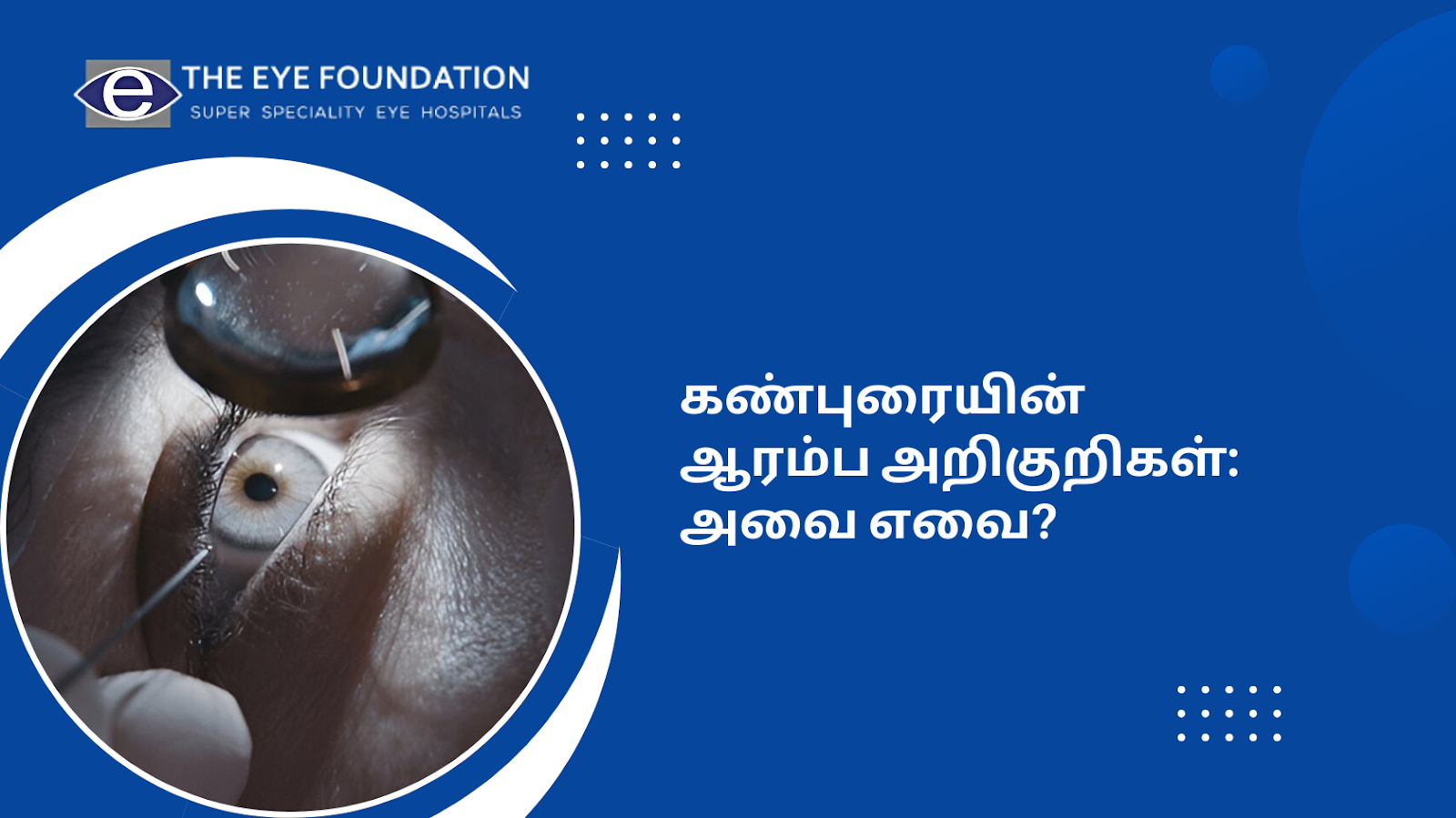Melanoma of the eye is a rare and aggressive cancer that originates in the pigment producing cell of the eye called the melanocyte. It usually occurs in uvea, iris, the ciliary body and choroid though it can begin at other areas of the eye. Since early diagnosis of the ocular melanoma is important, it is important to know the ocular melanoma symptoms.
That is what this blog post will be about: the most typical symptoms, diagnostics, and possible ways of treatment and when an Ocular Prosthesis might be needed.
What Is Ocular Melanoma?
Uveal melanoma, or ocular melanoma, is a type of cancer that affects vision and if left unaddressed, can metastasize in other organs. Even though this is a very rare disease, it is the most frequent primary eye cancer in adults. It frequently is inconspicuous in its early stages and therefore requires regular examination of the eyes.
Early Signs and Symptoms of Ocular Melanoma
1. Blurry or Distorted Vision
The first ocular melanoma symptoms is a new floater or a dark shadow in the eye or a sudden decrease in vision. Some of them include change in vision and may produce blurring or distorting of the vision such that you cannot accomplish certain tasks.
2. Dark Spots on the Iris
Visible melanoma would be characterised by a gradual increase in the size of a dark patch on the coloured part of the eye – the iris. Such places may be invisible without professional vision and might remain unnoticed at first sight.
3. Flashes or Floaters
Melanoma, if it developed on the retina or other areas of the eye, may cause light flashes or small shapes that move in your vision.
4. Change in Pupil Shape
Abnormal in size or shape of the pupil could be a sign of an ocular melanoma if it is combined with other symptoms.
5. Loss of Peripheral Vision
If the melanoma develops in the choroid, it may push against other areas of the eye and result in a loss of side vision.
6. Bulging or Protrusion of the Eye
In severe cases, the symptoms may be accompanied by such signs as protrusion of the involved eye which may call for urgent treatment.
7. Pain in or Around the Eye
Sometimes, it develops in or around the eye but pain may be experienced as the tumour expands and applies pressure on sensitive regions.
How Is Ocular Melanoma Diagnosed?
Ocular melanoma is usually found while checking the eye for problems before the patient develops symptoms. Diagnostic methods include:
- Dilated Eye Exam: Enables the ophthalmologist to observe the internal structure of the eye for signs of disease.
- Ultrasound Imaging: Utilises sound waves for the identification of tumours and also as a means of determining their size.
- Fluorescein Angiography: This involves using a dye into the bloodstream so that it accumulates in the vessels of the eye area.
- Biopsy: In rare cases, a sample of the tissue may be taken for confirmation and the doctor may recommend a more thorough examination by an oncologist.
Treatment Options for Ocular Melanoma
1. Radiation Therapy
Iodine brachytherapy is one of the most frequently used approaches to ocular melanoma. It is a method in which cancer cells are irradiated selectively in an attempt to retain the eye sight as much as possible.
2. Laser Therapy
Heating through laser treatment may be applied to reduce the size of the tumour. This option is usually applied in case of smaller melanomas.
3. Surgical Removal
In cases where the tumour grows large, surgery to remove the tumour, or in the worst case, the eye may be necessary to reduce the chances of cancer spreading. If the eye is excised, then an ocular prosthetic is employed for cosmetic purposes and to give the patient a modicum of cosmetic satisfaction.
4. Enucleation and Ocular Prosthesis
If the tumour is too large or if vision has been compromised, the best treatment might be the surgical removal of the eye. A bespoke ocular implant is then placed to fill the space left by the removed eye, in order to create a realistic look.
Importance of Early Detection
Since ocular melanoma symptoms can be subtle or non-existent in the early stages, regular eye exams are critical for early diagnosis. Early diagnosis means that the disease can be treated successfully and there will be less chance of cancer spreading to other parts of the body
Life After Treatment: Adjusting to an Ocular Prosthesis
For those who have enucleation done to them, a well fitted ocular prosthesis will help in the restoration of self esteem and facial aesthetics. The contemporary prostheses are well designed to blend with the natural skin and feel soft to let people go back to their usual practices.
Protect Your Vision with The Eye Foundation
Recognising the early ocular melanoma symptoms and getting a treatment as soon as possible is crucial. The Eye Foundation provides care from the diagnostic phase up to the most complex procedures, for patients who need an ocular prosthetic device.
Make an appointment today to pay attention to your eyes and be fully attended to by a professional. You need to have the best for your vision!






